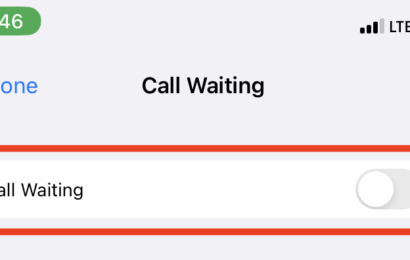Open Broadcast Software or more commonly known as OBS is a fully free, open-source, streaming, and screencasting software. OBS comes with recording, encoding, real-time capture, and broadcasting using its Real-Time Messaging Protocol. It is an all-in-one Streaming solution for everyone. When it comes to streaming, OBS is one of the best software out there. It is constantly being updated and provides the user with a wide range of options and settings to play around with.
Despite all its good qualities, OBS has been known to have issues regarding disconnection and reconnection. But this problem can be solved by identifying the issue and following simple solution procedures.
What causes repeated disconnection on OBS?
There can be a few different reasons why your OBS might be repeatedly disconnecting. One possible reason is that your internet connection is not stable enough to support live streaming. Another possibility is that you are using an outdated version of OBS that is no longer compatible with the Twitch servers. Finally, it’s also possible that there is an issue with your Twitch account that is causing the disconnections. If you are having trouble troubleshooting the issue, you can contact Twitch support for help.
“Dropped frames” occur when the connection to the service you’re streaming to is unstable or cannot keep up with your predetermined bitrate. Because of this, OBS was obligated to reduce video frames to balance the information flow. If you lose too many frames, you risk being disconnected from the streaming server. You may also have connection difficulties caused by firewalls/antivirus software, routers, and other devices.
Does troubleshooting not solve the issue?
Change servers if you’re having problems! If you believe the problem is not with your connection speed, the first thing you should do when attempting to diagnose a dropped frames/disconnection issue is to test other ingest servers to see whether you can obtain a stable connection.
When you are attempting to stream to a host that is down or overwhelmed, the server may have an off day or become overloaded. Many dropped frames/connection difficulties might be resolved by switching servers.
Because there is no single parameter that determines a server’s quality, the distance may not always provide the optimal connection. While many individuals find American servers to be most dependable when streaming to Europe, this has happened on rare occasions. So give a few different servers a go and see how they perform before giving up.
Have you checked your internet connection?
Blame the Internet! The internet has thousands of routes that instruct it on how to move information from one point to another. These routes refresh all the time to account for congested links, faulty cables, financial agreements between ISPs, and so on.
Your ISP may route your traffic through an overloaded or unstable link, resulting in connection problems and dropped frames. You may be able to stream perfectly fine one day but have serious difficulties the next because routes change in real-time. Unfortunately, if this occurs, there is nothing you can do about it until the ISP responsible for the routing has updated the route.
Keep wireless streaming to a minimum. Wireless connections can be problematic in many situations since they are prone to disruptions. Streaming is rather dependent on a solid connection. Wireless connections are typically alright, but if you encounter difficulties, you will be unable to assist to diagnose the problem if you’re using wireless simply because it adds another element.
We recommend that you use a wired connection to stream. If you must utilize Wi-Fi, try to set up your device and router on 5 GHz rather than 2.4 GHz, which is more prone to interference and losses, even though the signal appears stronger.
Have you contacted your ISP regarding the issue?
If you’re experiencing persistent difficulty with your internet connection, it may be time to give your ISP a call. They can typically provide you with more detailed information about the quality of your line and what they are doing to improve it.
ISPs are under no obligation to provide you with this information, but most will if you ask nicely. It also couldn’t hurt to check your router’s firmware and ensure that it is up to date.
How to avoid disconnection while steaming?
If it’s still not working, consider lowering the bitrate. The next step is to reduce your bitrate until the lost frames stop. Network conditions vary from day to day, and what worked yesterday may not work today. There isn’t always anything else you can do except decrease the bit rate when a bad connection occurs at any time.
If you’re constantly being disconnected, there’s a good chance that your firewall/router/antivirus software is interfering with the connection. If you suspect your firewall or router is the source of the problem, make sure that outbound TCP port number 1935 (the port used for RTMP) is open. Note that to broadcast, you do not need to utilize any sort of port forwarding.
Try these steps and procedures to figure out what is causing the disconnection and reconnection issues disrupting your streams frequently.





